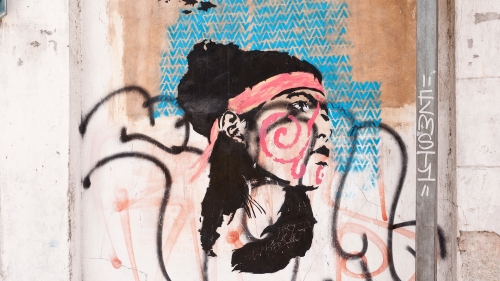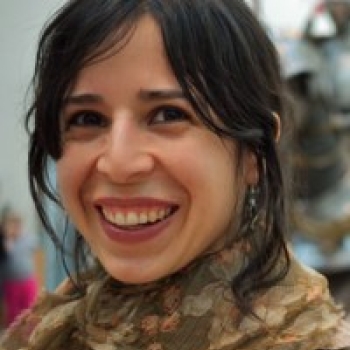

Erica Robles-Anderson
Associate Professor of Media, Culture, and Communication
Media, Culture, and Communication
Erica Robles-Anderson focuses on the role media technologies play in the production of space. In particular, she concentrates on configurations that enable a sense of public, collective, or shared experience, especially through the structuring of visibility and gaze. Trained as both an experimental psychologist and a cultural historian she has employed a range of methodologies to explore the definition of media-space. She is currently writing a book about the 20th century transformation of Protestant worship space into a highly mediated, spectacular "mega-church" (under contract, Yale University Press).
Prior to her position at Steinhardt she was a Research Fellow in New Media and Architecture in joint affiliation with the Department of Culture and Media and the Humanities and Technology Laboratory (HUMlab) at the University of Umeå, in Sweden. Robles holds a Ph.D. in Communication from Stanford University.
Selected Publications
- Mediating Eternity: The Crystal Cathedral and the Architecture of Mediated Congregation (Yale University Press, under contract).
- Robles-Anderson, Erica and Patrik Svensson. " 'One Damn Slide After Another': PowerPoint at Every Occasion for Speech." Computational Culture, 5 (2015).
- Robles-Anderson, Erica. "Review of The Interface Experience: Forty Years of Personal Computing." IEEE Annals of the History of Computing, 37, no. 4 (2015): 103-104.
- Robles-Anderson, Erica, and Max Liboiron. "Coupling Complexity" Ecological Cybernetics as a Resource for Non-Representational Moves to Action." In Sustainable Media, edited by Janet Walker and Nicole Starosielski, London:Routledge, 2016.
- Robles-Anderson, Erica. "The Crystal Cathedral: Architecture for Mediated Congregation." Public Culture 24, no. 3 (2012): 577-599.
- Robles-Anderson, Erica. "Blind Spots: Religion in Media Studies." Flow Media Journal 17, no. 3 (2012).
- Robes, Erica, and Mikael Wiberg. "From Materials to Materiality: Thinking of Computation from within an Icehotel." Interactions of the Association of Computing Machinery 18, no. 1 (2011): 32-37.(link)
